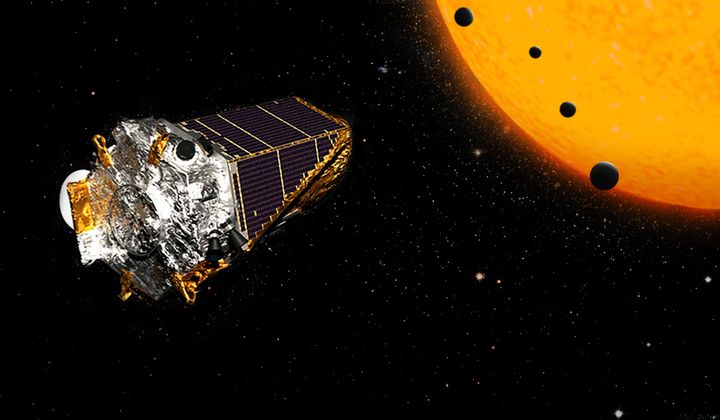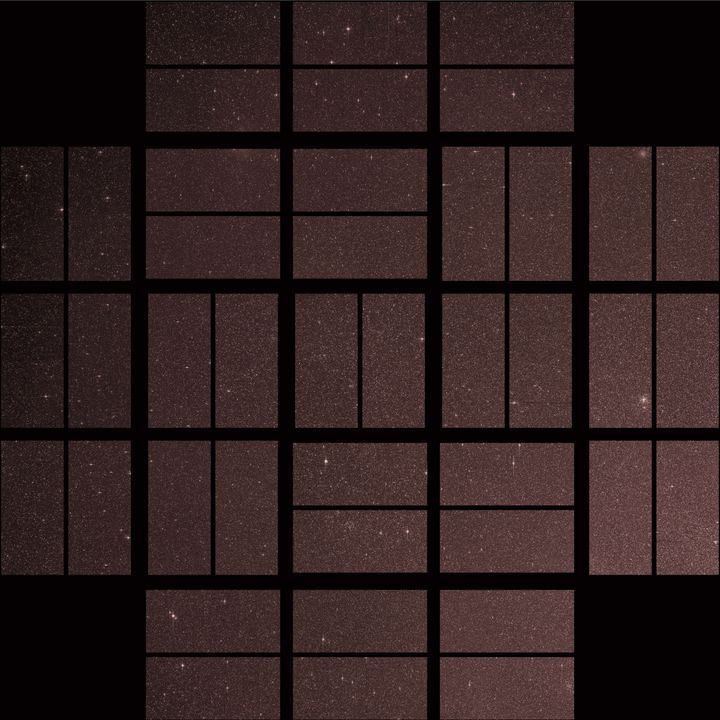NASA will tonight hold a major press conference at 6PM GMT where it plans to reveal an important new discovery by its planet-hunting Kepler space telescope.
The conference will also be the result of a new collaboration between NASA and Google’s artificial intelligence teams, marking a major step forward in the way that we identify possibly habitable exoplanets and then determine if they could actually support life.

We don’t have any specifics about what they’re going to announce but it will almost certainly relate to the discovery of either a new exoplanet (an Earth-sized planet that orbits a star) or a development about one of the existing planets we’ve already found.
What is the Kepler space telescope?
First launched in 2009, Kepler is quite simply a giant camera in space. Unlike the 12 megapixel camera that you have on your phone, Kepler’s camera boasts a resolution of around 95 megapixels.
Kepler trails behind the Earth in its orbit around the Sun keeping a distance of around 137 million kilometres.
By positioning it so far away Kepler is able to capture raw, undisturbed data of deep space.
How does Kepler discover new planets?
Despite being one of the most advanced pieces of equipment in space, Kepler’s ability to discover new planets stems from a remarkably simple trick.
When we look towards a star system we have the potential to glimpse something known as a transit. This is when any planet orbiting the star passes in front of it from our point of view.

By constantly monitoring a region of space every few hours, Kepler is able to detect the minuscule drop in light from a single star as a planet passes in front of it.
What’s perhaps even more remarkable is that just by looking at this data scientists can determine its size, distance from the star and even some basic information about its composition and atmosphere.
Kepler has been so successful at capturing these transits that many of the new discoveries we’ve made by trawling through the vast quantities of data that Kepler has captured in the past.
How many planets has Kepler discovered?
So far Kepler has discovered 4,496 possible exoplanets with 2,337 confirmed.
Out of those just 21 planets have been discovered that are less than twice the size of Earth and are also believed to be orbiting within the ‘goldilocks zone’ - a window of space around a star where we believe a planet can support alien life.

In addition to Kepler, NASA also has the Spitzer space telescope. Launched in 2003, this infrared telescope can claim to discovering not one but seven exoplanets in one go.
The TRAPPIST system hit the headlines earlier this year when NASA revealed that it had found seven Earth-like planets all orbiting the same star.
